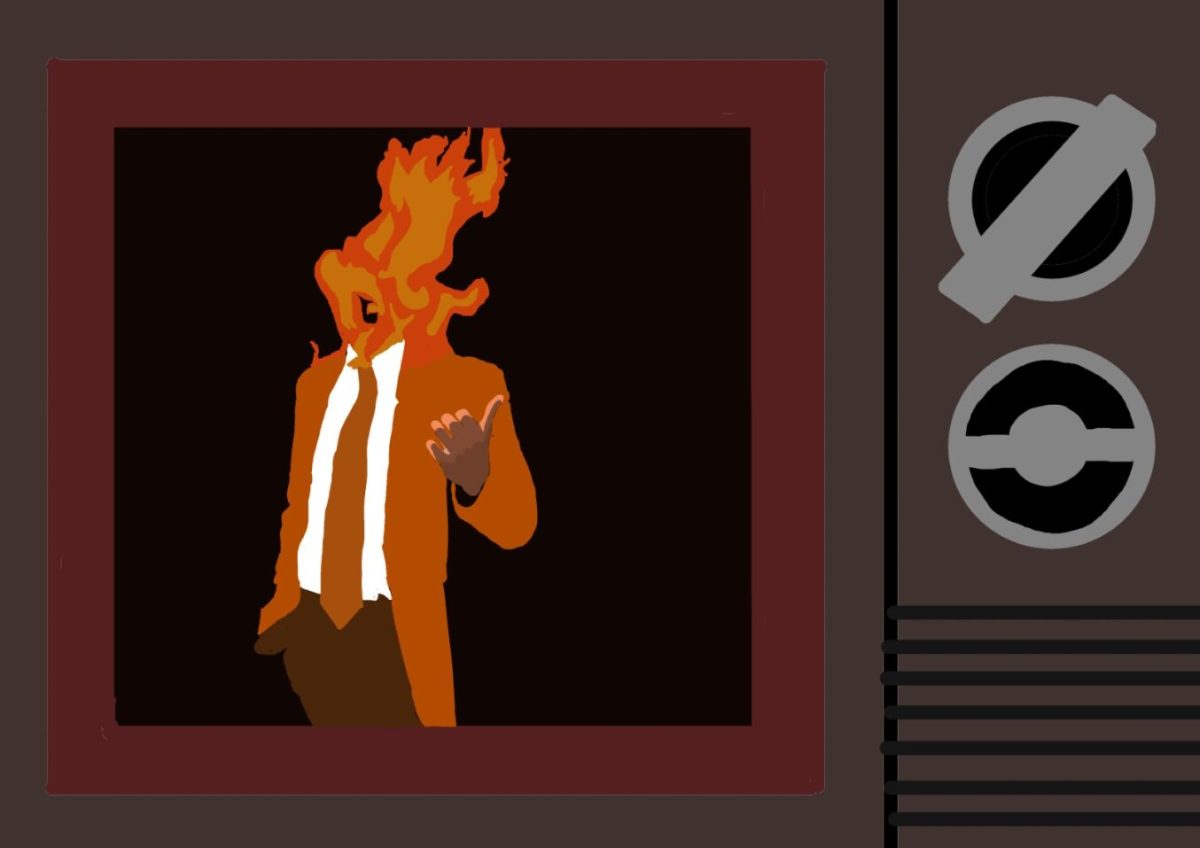Lauren Saner / Winonan
Winona State University’s music department started off the semester with a concert featuring Chamber Music Winona, led by Donald Lovejoy. The ensemble contained 17 instrumentalists, eight of which are faculty members of Winona State, including featured soloist Deanne Mohr, a piano professor in the music department.
The concert included three pieces: Igor Stravinsky’s “Octet for Winds,” Colin McPhee’s “Concerto for Piano and Wind Octet” and “Cityscapes” by Winona State alumnus Jake Runestad.
“The ‘Octet for Winds’ is a difficult but standard piece,” Lovejoy said.
This piece has been generally regarded as the beginning of neoclassicism in Stravinsky’s music, as stated in the program. Neoclassicism is when formal chordal structures are used with 20th century music and the melodies played on top of them, as well as switching up rhythm throughout the piece to throw off the audience.
“It gives a different sense of excitement…and terror too,” Lovejoy said about the piece.
In his “Concerto for Piano and Wind Octet,” McPhee followed in Stravinsky’s neoclassical footsteps and continued to create more strident pieces with the same idea by using chromatic harmonies.
“I really liked how he combined the piano with the wind octet… [there were] points where the two were equally important and where the piano was obviously meant to be the solo,” Lovejoy said.
Mohr, who has a doctorate in piano performance, joined the ensemble for this concerto.
“[It is] kind of obscure music that deserves to be played… [it is] challenging for the ensemble as well as the audience,” Mohr said.
Jake Runestad, a former student of Winona State’s music department, wrote the final piece of the concert, “Cityscapes.”
“The whole piece is built around the concept of cities reminding [Runestad] of me,” Lovejoy said.
This concert was only the second time Runestad’s piece has been performed since the celebration of Lovejoy’s 10 years as a Winona State faculty member, which was also his fifth year working with Chamber Music Winona. The program contains Runestad’s notes on the piece, as well as how Lovejoy influenced him. It also contains three poems about Minneapolis, Winona and Chicago, which were used as inspiration for the three movements of the piece.









































